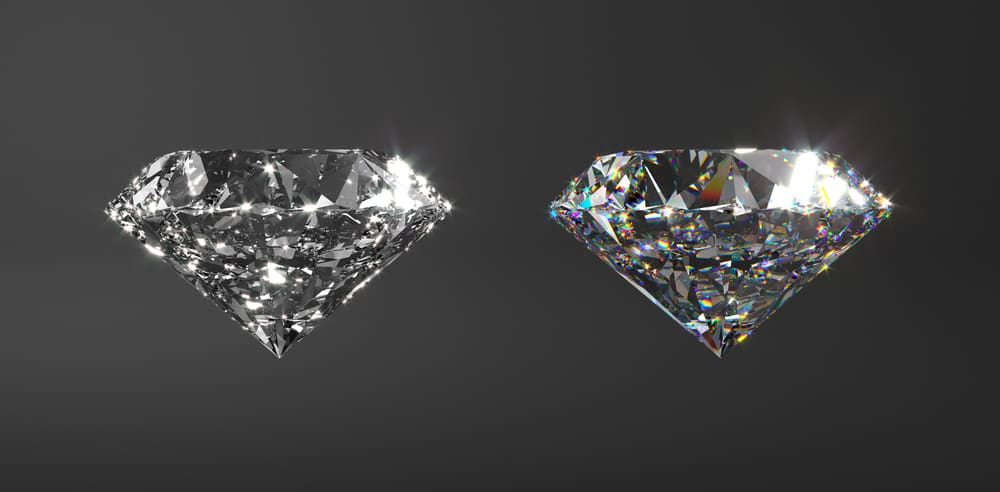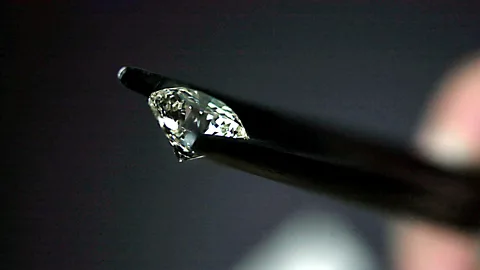Lab-Grown Diamonds: Understanding the HPHT Method

Lab-grown diamonds have emerged as a sustainable, ethical, and cost-effective alternative to mined diamonds. Among the methods used to create these diamonds, High Pressure High Temperature (HPHT) is one of the most established and widely used. This article explores how HPHT lab diamonds are made, their characteristics, and how they compare to natural diamonds and other lab-grown alternatives.
What Are HPHT Diamonds?
HPHT (High Pressure High Temperature) diamonds are synthetic diamonds created by mimicking the natural conditions under which diamonds form in the Earth’s mantle — extreme heat and pressure. This method replicates nature in a controlled laboratory setting to produce real diamonds that are chemically, physically, and optically identical to those mined from the Earth.
How the HPHT Process Works
The HPHT process begins with a diamond seed, lab diamonds hpht, typically a small sliver of carbon or a tiny diamond fragment. This seed is placed into a growth chamber with carbon, the basic building block of diamonds.
There are three main HPHT methods used to apply heat and pressure:
- Belt Press
- Cubic Press
- Split-Sphere (BARS) Press
All three aim to reach temperatures of around 1,300–1,600°C (2,372–2,912°F) and pressures of about 5–6 GPa (roughly 725,000–870,000 psi). Under these extreme conditions, the carbon melts and begins to crystallize around the seed. Over days or weeks, a diamond gradually grows.
Characteristics of HPHT Lab Diamonds
-
Real Diamonds: HPHT diamonds are not simulants (like cubic zirconia or moissanite). They are genuine diamonds with the same hardness (10 on the Mohs scale), brilliance, and chemical composition as natural diamonds.
-
Color: HPHT diamonds can often be created with a higher color grade due to post-growth treatment. HPHT can also be used to improve the color of natural diamonds by removing brownish tones.
-
Inclusions: Like mined diamonds, HPHT diamonds can contain inclusions (internal flaws), which may differ slightly in appearance from those in natural stones.
-
Fluorescence: HPHT diamonds generally show little to no fluorescence, but this can vary depending on the specific crystal structure.
HPHT vs. CVD Diamonds
Another popular method of growing diamonds is Chemical Vapor Deposition (CVD). Here’s how HPHT compares:
| Feature | HPHT Diamonds | CVD Diamonds |
|---|---|---|
| Growth Conditions | High pressure and temperature | Low pressure and moderate temperature |
| Growth Time | Faster | Slower |
| Crystal Shape | Often cuboctahedral | Often tabular or square |
| Color Quality | Typically better in colorless range | Often require post-treatment |
| Cost | Slightly lower for small sizes | More cost-effective for large sizes |
Benefits of HPHT Lab-Grown Diamonds
- Ethical Sourcing: No mining, no conflict zones, and minimal environmental impact.
- Affordability: Typically 20–40% less expensive than natural diamonds.
- Customization: HPHT allows more control over the diamond’s size, clarity, and color.
- Sustainability: Reduced ecological footprint compared to traditional mining operations.
Are HPHT Diamonds Right for You?
If you’re looking for a man made diamonds that’s real, ethical, and cost-effective, HPHT lab-grown diamonds are a compelling choice. They are perfect for engagement rings, fine jewelry, or even industrial applications where durability and brilliance matter.
When shopping, always look for certification from trusted labs like IGI or GIA to confirm the diamond’s origin and quality.
Conclusion
HPHT lab-grown diamonds represent a fusion of science and beauty, offering all the allure of traditional diamonds without the environmental and ethical concerns. As technology continues to improve, these gems are becoming more accessible and accepted, reshaping the future of the diamond industry.



